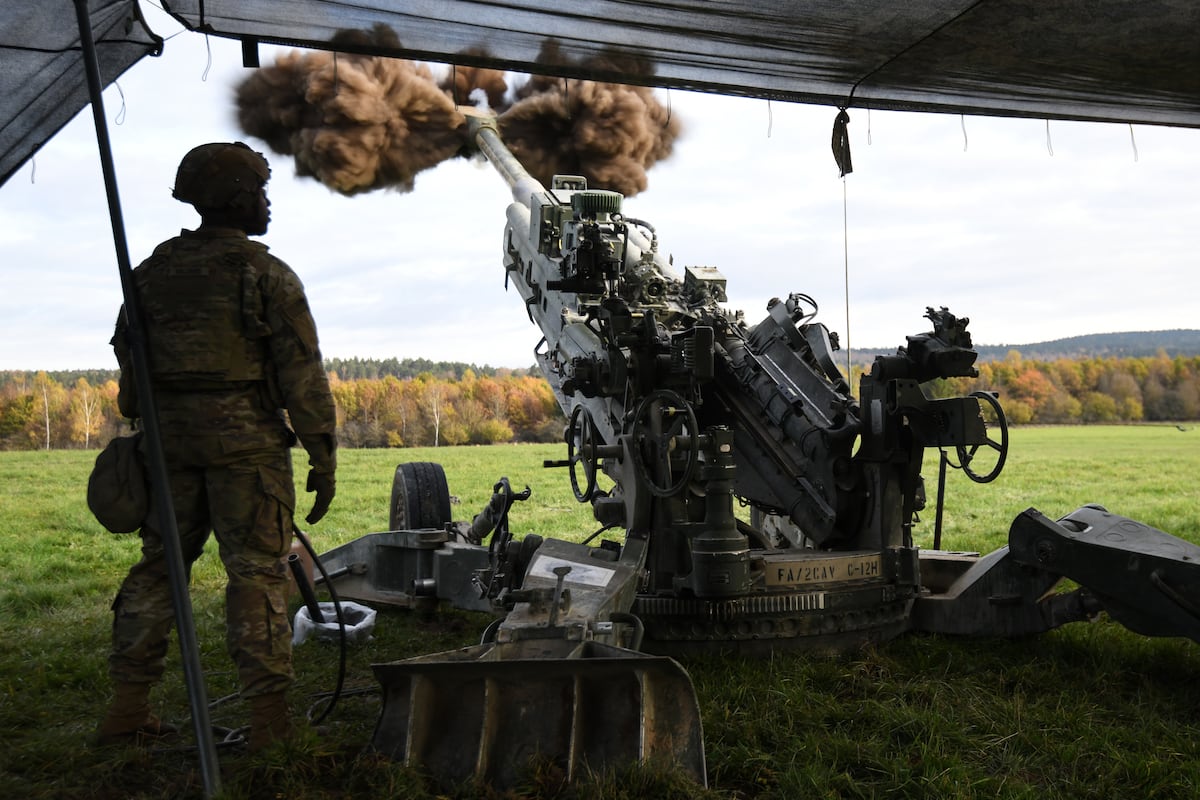Strategic Focus on China and Domestic Security
Acknowledging Multiple Threats
In a recent address at the annual Association of the U.S. Army conference, Army Secretary Dan Driscoll characterized China as the principal threat, but emphasized that domestic security—especially regarding the southern border—remains a critical priority. Driscoll articulated that the administration’s strategic focus acknowledges China as a “pacing threat,” but does not overshadow the need for comprehensive security readiness across various domains.
“We must ensure security for Americans globally,” Driscoll stated, reinforcing the notion that threats are multifaceted and require a diversified strategic approach.
Balancing Priorities
While acknowledging China’s significance, Driscoll asserted that securing the homeland and managing border operations are equally vital. He noted that U.S. military efforts extend beyond Asia and include:
- Border enforcement
- Countering narcotics trafficking
- Support for the Department of Homeland Security (DHS)
Strategic documents reflect this shift in military priorities, highlighting an increased allocation of resources towards domestic enforcement and security efforts. Notably, U.S. Northern Command has dispatched approximately 10,000 service members to the southern border, while many National Guard units support operations in urban areas related to Immigration and Customs Enforcement (ICE).
Future Operations and Strategic Guidance
Looking ahead, Driscoll indicated that the military’s engagement at the southern border is likely to persist for the foreseeable future. This assertion aligns with perspectives from various military leaders advocating for enhanced homeland security. Air Force Secretary Troy Meink emphasized that homeland defense encompasses a wide spectrum of threats, establishing a holistic understanding of national security.
U.S. Indo-Pacific Command head, Admiral Samuel Paparo, reinforced the sentiment of interconnected security, asserting that “the homeland is in the Pacific.” This emphasizes the need for readiness not just in operational theaters abroad but within domestic borders.
Innovations and Logistical Challenges
Driscoll’s remarks coincided with a strategic initiative between the Army and the Department of Energy focused on constructing a microreactor for a domestic military base by 2027. This initiative aims to address vulnerabilities in lengthy supply chains, particularly in the Indo-Pacific theater.
Highlighting the logistical challenges posed by the vast distance of approximately 6,000 miles between the U.S. and operational theaters, Driscoll remarked on the necessity for greater flexibility. “Contested logistics will hinder our ability to transport equipment and energy efficiently,” he noted, stressing the imperative for the Army to adapt and enhance its operational readiness.
Implications for Troop Presence
Amid discussions of strategic pivots, uncertainty lingers regarding the implications for military personnel stationed in the Indo-Pacific. However, Lt. Gen. Hank Taylor, commander of the 8th Army, assured that current strategic adjustments have not adversely impacted funding or training provisions for troops in South Korea. This assertion underscores a commitment to maintaining readiness in key areas despite evolving strategic frameworks.
Conclusion
The U.S. Army’s evolving focus reflects a nuanced understanding of both global and domestic security challenges. As national priorities shift, the integration of diverse security measures, including strong border enforcement and counter-drug efforts, will play an essential role in safeguarding American interests both at home and abroad. The emphasis on adaptability and logistical innovation will be crucial as the military navigates an increasingly complex threat landscape.





